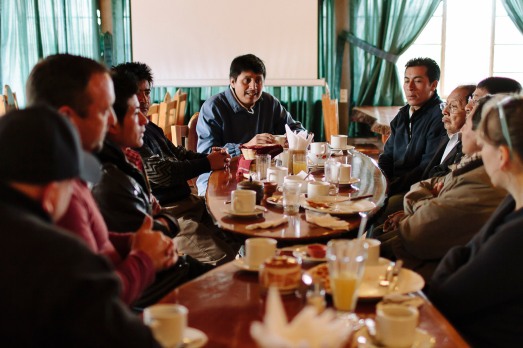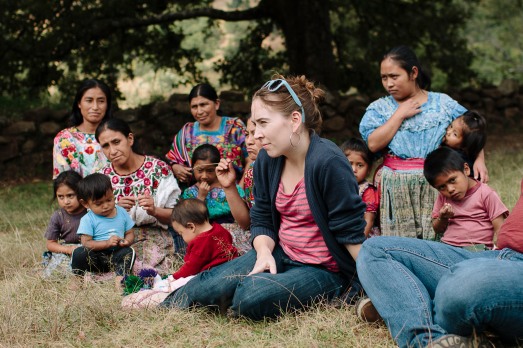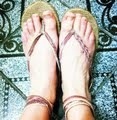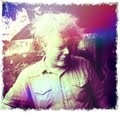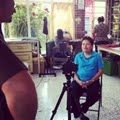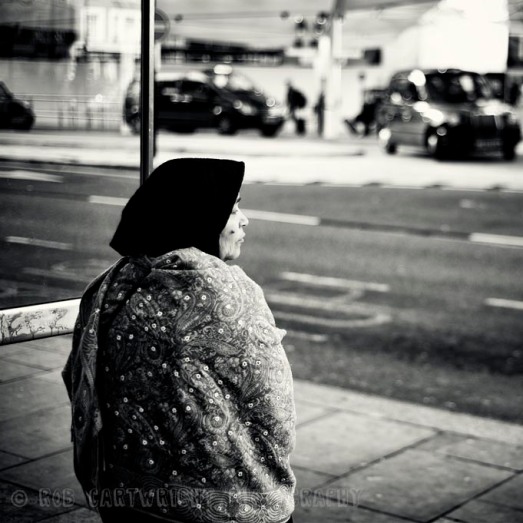It is the season of waiting.
Or, parties. Calendars are awash with office socials, family reunions, carol concerts, school nativities, mulled wine on chilly nights, shopping-trips, ice-skating and tree-decorating. Not mine, this year, because instead I am travelling to far-flung continents to hear new stories and meet new family. And so for once I am a little removed from the hullaballoo and I am pondering the meaning of it again.
I read recently about a Catholic community who mark the season with simple, frugal living and prayerful reflection and my heart sank at the thought of opting out of all the fun.
And it brought me back to the question of waiting, what it means to wait, and how I strain to avoid it.
My friend Kelley just wrote a beautiful blog about her Advent ache as she confronts the trauma of today in Goma and Gaza, and in relationships closer to home.
“This Advent I stand in the ancient tradition of lament and longing,” she writes, “as my insides churn at the not-yetness of it all.”
Why would we choose to enter purposefully into a season of waiting? It is usually a chore rather than a choice. Ten seconds in and we (I) reach for our phones, for distraction.
But at the heart of this season, for those of us who seek it, is an unfinished story, and an invitation to wait not just four weeks, but as long as it takes.
I see it most clearly through Mary.
At so young an age she is chosen – and her soul sings. She is asked to imagine that something otherworldly could be possible. She is asked to believe and she does. (And this at a time when childbirth was perilous).
At the moments when our souls sing and we hear and see God alive in everything, extraordinary things feel possible. (Perhaps because they are).
It is afterwards, in the banality and prose of everyday living that it is harder to believe in miracles.
But that is where waiting takes us. For Mary, first it was nine months. Nine months of pregnancy, of feeling something real grow inside of her, the promise becoming tangible.
But it was also nine months of everybody else interpreting events in their own way. Who could possibly know or understand or believe the truth? There were nine long, painful months of watching her parents’ shame, feeling desperately alone (except for that time with her cousin), doubting herself. How much of that could Joseph share, how much was he prepared to?
And then there is the beautiful story of how her son was born, miles away from everybody who misunderstood, attended by the strangest assortment of guests. And I imagine Mary’s tears when she sees her baby, and when, for the first time, she is able to share the miracle with a host of others – all of whom know that whatever this is, it is from God.
But what of the years that follow? In all the years of poverty and political oppression, in the mundane detail of family life, of finding enough food and earning enough money, what does Mary do with all those prophecies? Do they feel real? Does she know what any of them mean? Does she know who her son really is?
Waiting, in this sense, is never one thing. It is a heady cocktail of joy and agony, of confusion and doubt, of excitement and fear. And sometimes it is just long and hard.
It is always easier to give up. It is less tiring and it hurts a lot less.
But Mary does not give up, she is there even the moment when her son is killed. How could she begin to make sense of that day?
It is hardest to wait when it least makes sense, but at the heart of Advent is the invitation to do just that. Because in all its brilliant beauty, the Christmas story is not an ending or a resolution and it does not answer every question. It is a dazzling glimmer of hope and the promise of proximity and involvement. It is a beginning but not an end.
To me, Advent is an invitation to wait as Mary waited. Always pondering, treasuring these things in my heart, but also participating in the story without understanding fully where it is going and what that will look like. It is looking for where I can step in, moving towards the brokenness rather than hiding from it. It is not running away from the ache, the deep, long ache for the good ending I believe in.






